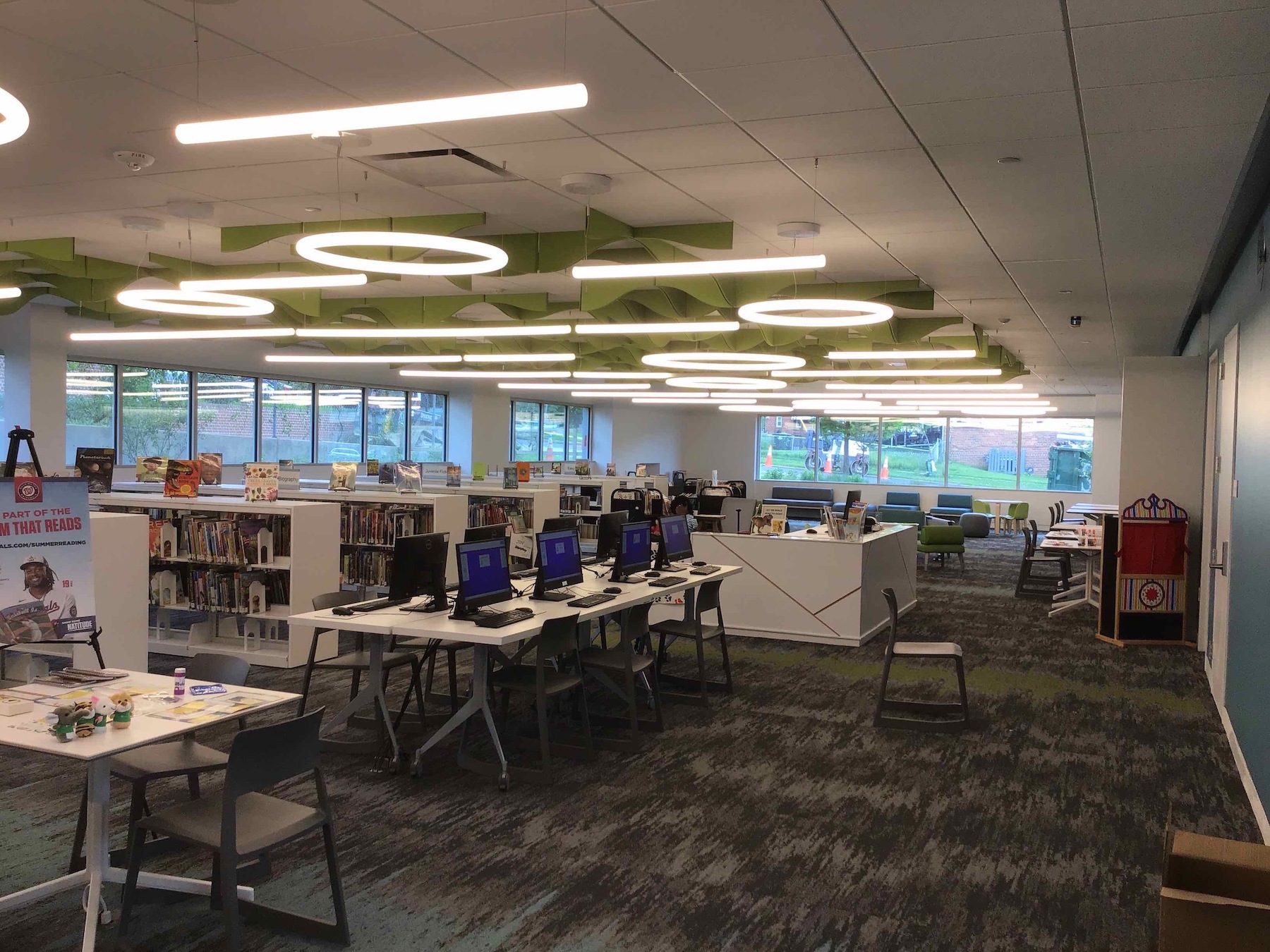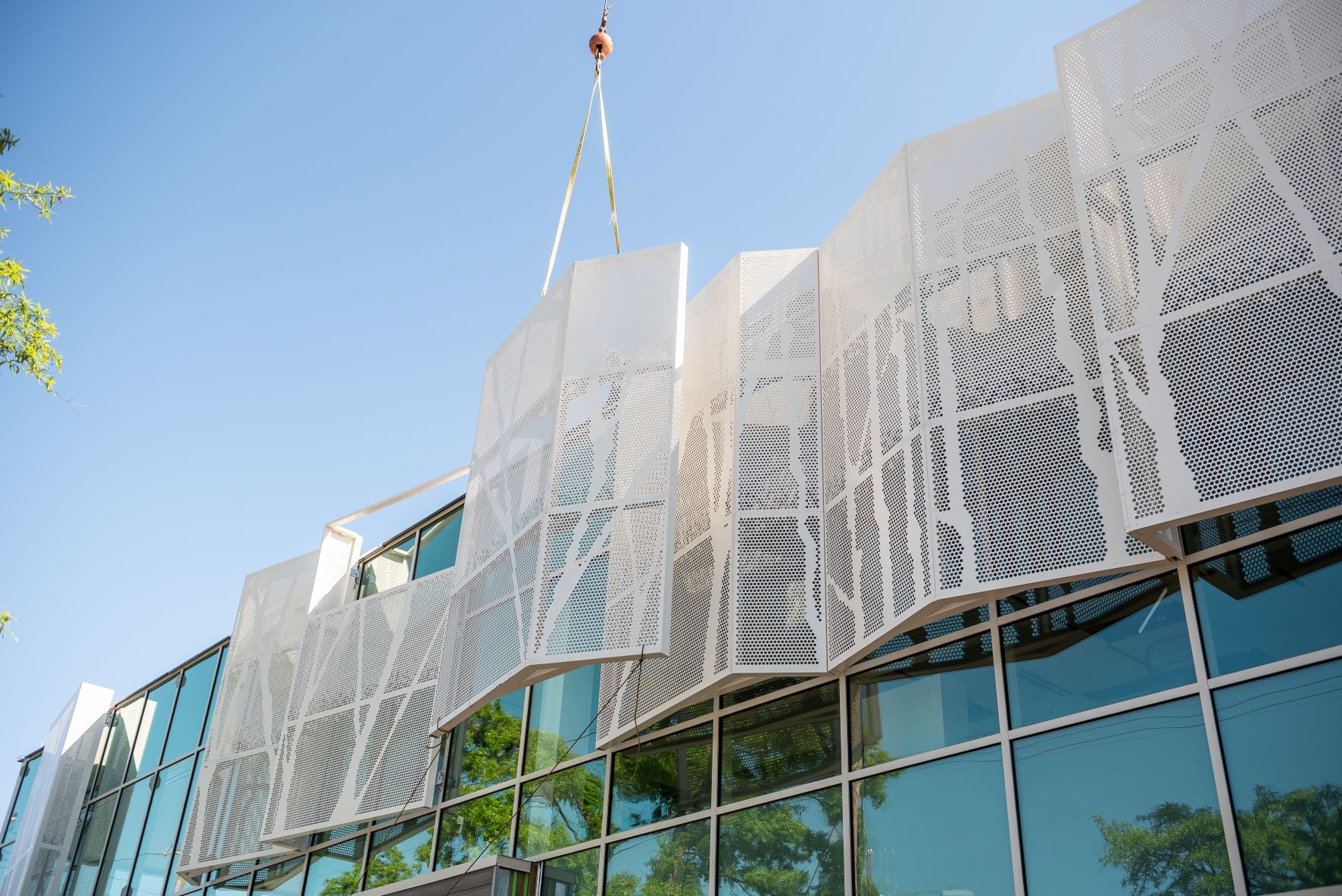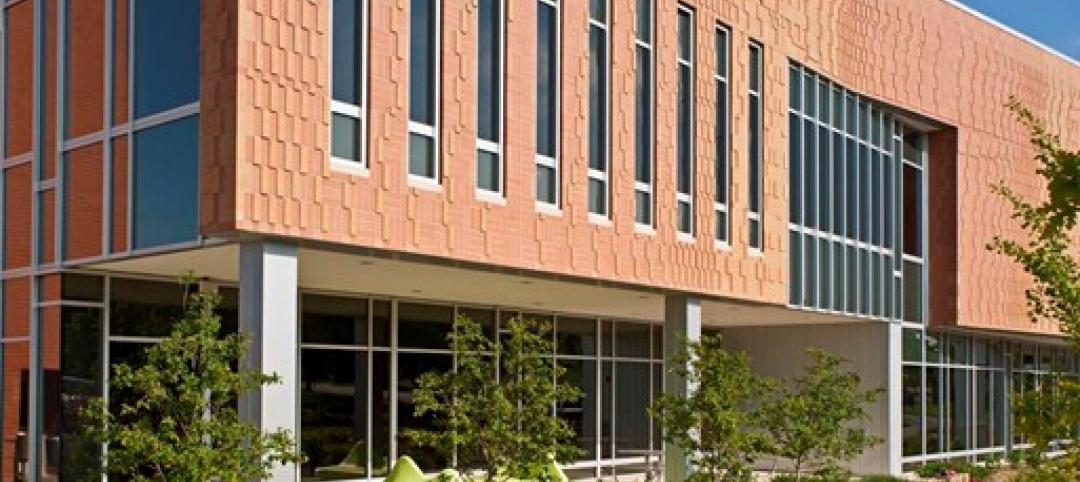People have been writing obituaries for libraries for decades. The May 2005 edition of MIT’s Technology Review ran a series of articles under the title “Death of Libraries: Myth and Facts.” Writing in the Guardian newspaper in December 2016, columnist Simon Jenkins compared libraries to churches and local railways: “People like having them around, and are angry if they close. But as for using them, well, there is so little time these days.”
Libraries also now find themselves at the center of a culture war as conservative groups have led a historic effort to ban and challenge materials that address racism, gender, politics, and sexual identity, according to the American Library Association’s (ALA) “State of America’s Libraries 2022.”
Yet, from Maine to California, libraries keep getting funded and built or renovated for the digital age. The $1.9 trillion American Rescue Plant Act included $200 million for the Institute of Museum and Library Services, the only source of federal funding for libraries.
In January 2021, Sen. Jack Reed (D-R.I.) with 30 cosponsors introduced the Build America’s Libraries Act, to support long-term improvements to libraries to better serve underserved and distressed communities, low-income and rural areas, and people with disabilities. This would be accomplished through the establishment of a Build America’s Library Fund financed by state contributions. (This bill is still pending.)
Brightspot, a subsidiary of the engineering firm Buro Happold, tells BD+C that 12 of its 32 Higher Education planning projects last year involved libraries. And the Netherlands-based architecture firm Mecanoo has, in recent years, designed a procession of library projects in the U.S., including the New York Public Library’s Stavros Niarchos Foundation Library branch, which opened last year; and, with OTJ Architects, the three-year-long renovation of the Martin Luther King Memorial Library in Washington D.C., which was completed in 2020.
A 2014 article in Places Journal was prescient in its description of future libraries as networks of integrated, mutually reinforcing, evolving infrastructures that serve simultaneously as reading rooms, social service centers, and innovation labs.
PART OF A BIGGER PICTURE

On a small but no less significant scale, the Lamond Riggs/Lillian J. Huff Library in Washington, D.C., officially opened on June 27. Designed by HGA and built by Consigli Construction, this two-story, 23,500-sf building is nearly 5,000 sf larger than the 17,930-sf library it replaces. Peter Cook, HGA’s design principal, called libraries “an extension of the home for a neighborhood,” and asserted that this particular project responds to the needs of residents with a wide range of spaces that includes an entry plaza.
The new $20 million library features expanded space for adults, teens, and children. There is a “Discovery Zone” for kids, and collaborative spaces that include living-room style seating. A large meeting room can accommodate up to 100 people or be divided into smaller quarters. There are also seven reservable meeting spaces—one for up to 12 people, two for up to six people, and four study spaces for two people each.
A protected front porch is accessible from inside the building and leads to outdoor meeting and working areas. (The landscape architect Lee and Associates designed bioretention areas, added a tree canopy, reinforced the streetscape form, and added buffer plants to screen the library parking lot.)
The library was designed and built to meet the LEED Gold certification standard.
According to the Washington Informer newspaper, this library’s opening is a continuation of the D.C. Public Library’s Facilities Master Plan, whose priority is building neighborhood libraries that are at least 20,000 sf, and flexible enough to adapt to changing technologies.
Nationwide, an ALA study found that 93 percent of public libraries provide or plan to provide free Wi-Fi access in their grounds even when their buildings are closed, while 44 percent have moved routers outdoors to improve public access, and 23 percent provide Wi-Fi hotspots for patrons to check out and use at home.
Related Stories
| Jul 7, 2014
7 emerging design trends in brick buildings
From wild architectural shapes to unique color blends and pattern arrangements, these projects demonstrate the design possibilities of brick.
| Jul 2, 2014
Emerging trends in commercial flooring
Rectangular tiles, digital graphic applications, the resurgence of terrazzo, and product transparency headline today’s commercial flooring trends.
| Jun 30, 2014
Research finds continued growth of design-build throughout United States
New research findings indicate that for the first time more than half of projects above $10 million are being completed through design-build project delivery.
| Jun 18, 2014
Arup uses 3D printing to fabricate one-of-a-kind structural steel components
The firm's research shows that 3D printing has the potential to reduce costs, cut waste, and slash the carbon footprint of the construction sector.
| Jun 16, 2014
6 U.S. cities at the forefront of innovation districts
A new Brookings Institution study records the emergence of “competitive places that are also cool spaces.”
| Jun 12, 2014
Austrian university develops 'inflatable' concrete dome method
Constructing a concrete dome is a costly process, but this may change soon. A team from the Vienna University of Technology has developed a method that allows concrete domes to form with the use of air and steel cables instead of expensive, timber supporting structures.
| Jun 9, 2014
Green Building Initiative launches Green Globes for Sustainable Interiors program
The new program focuses exclusively on the sustainable design and construction of interior spaces in nonresidential buildings and can be pursued by both building owners and individual lessees of commercial spaces.
| May 29, 2014
7 cost-effective ways to make U.S. infrastructure more resilient
Moving critical elements to higher ground and designing for longer lifespans are just some of the ways cities and governments can make infrastructure more resilient to natural disasters and climate change, writes Richard Cavallaro, President of Skanska USA Civil.
| May 23, 2014
Top interior design trends: Gensler, HOK, FXFOWLE, Mancini Duffy weigh in
Tech-friendly furniture, “live walls,” sit-stand desks, and circadian lighting are among the emerging trends identified by leading interior designers.
| May 20, 2014
Kinetic Architecture: New book explores innovations in active façades
The book, co-authored by Arup's Russell Fortmeyer, illustrates the various ways architects, consultants, and engineers approach energy and comfort by manipulating air, water, and light through the layers of passive and active building envelope systems.















